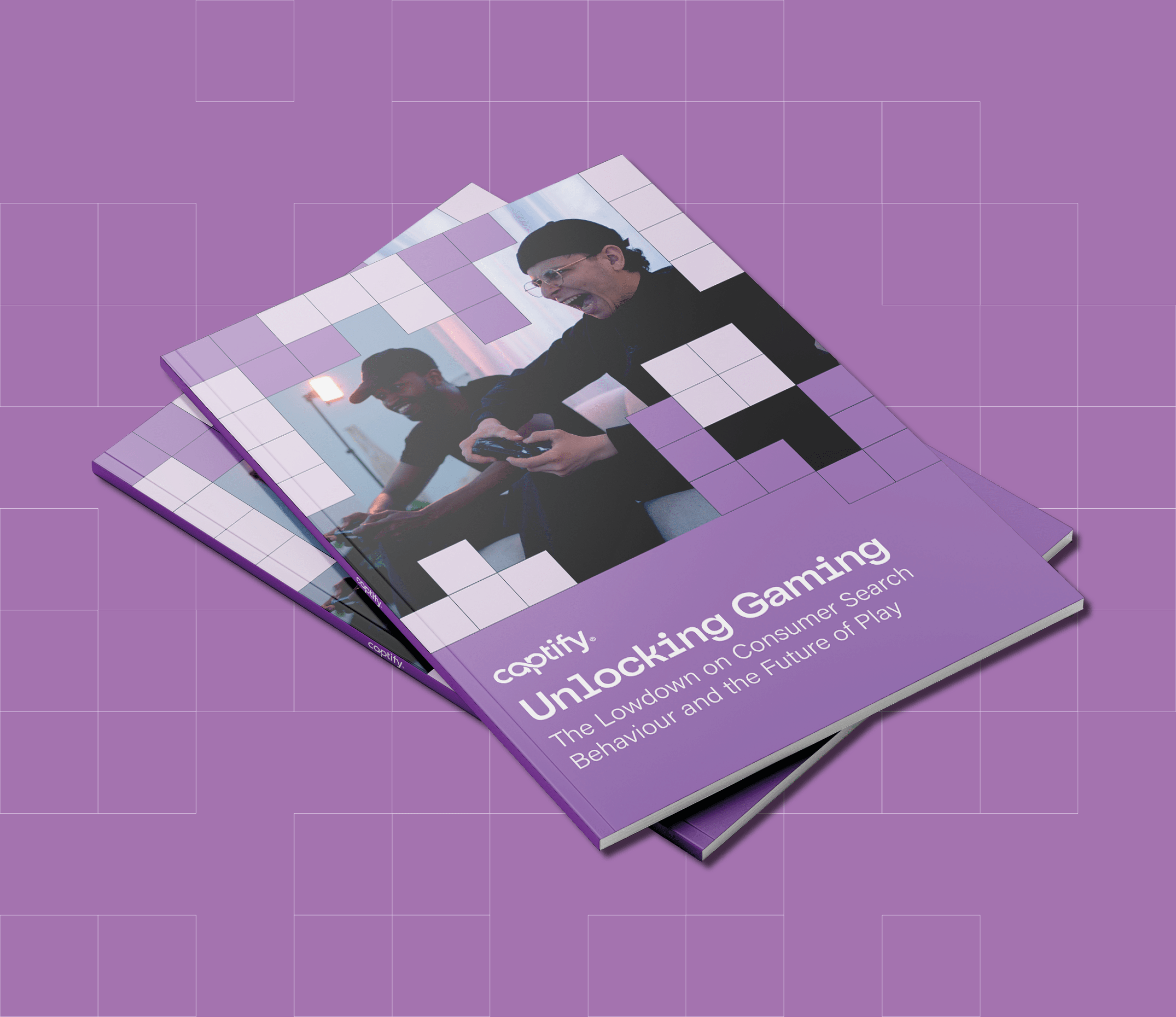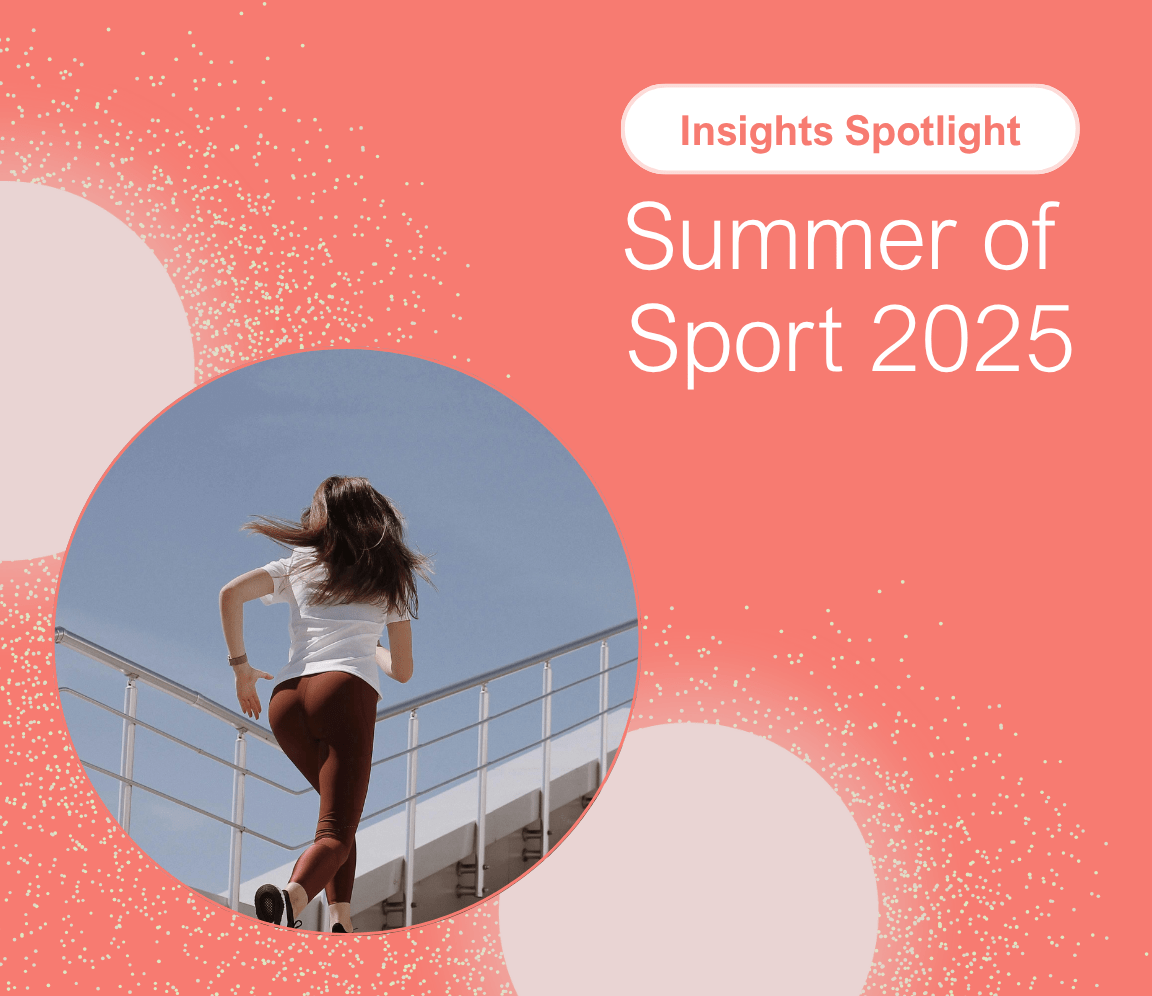What’s Captifying the world: Netflix’s Formula 1: Drive To Survive revs up audience interest for F1, fueling the rise of next-gen superfans
Formula One (F1) is reported to be the second fastest-growing major sports property across social media. In 2020 alone, followers were up 36% to 35 million and total engagements soared 99% to 81 million, according to F1.
This growing social presence is being fueled by a new generation of superfans who have been introduced to the sport through Netflix’s Docuseries Formula 1: Drive to Survive, which gives viewers exclusive, behind-the-scenes access to the gripping high-octane sport.
Full throttle ahead
To understand the impact of Formula 1: Drive to Survive, Captify analyzed billions of searches in the lead up to the series 3 launch on March 19 against searches post-launch and uncovered a 109% WoW uplift in audiences searching around F1.
Over the past two months, our platform identified that emerging audiences including Gen Z, Social Media Enthusiasts, Gamers, and Streamers are now the top drivers who are accelerating global F1 search interest.
Top indexing audiences searching around F1:
- Gen Z—8.7X
- Sports Fan—5.7X
- Traveler—4.6X
- Social Media Enthusiast—4.0X
- Gamer—3.9X
- Streamer—3.5X
These top indexing audiences reflect Drive to Survive’s success in attracting next-gen F1 followers, who are new audiences previously not associated with the motorsport fandom of affluent and mature audiences.
The race to zero emissions
After deep-diving into the connected interests of these emerging audiences, Captify reveals that audiences searching around F1 are 14.5X more likely to search around Sustainability—reflecting the priorities of next-gen consumers.
In December, The FIA (F1’s governing body) approved an ambitious environmental plan to become carbon neutral in 2021 and net-zero by 2030. In addition, Aston Martin’s new recruit and four-time champion Sebastian Vettel’s new crash helmet for the 2021 season sports a message of sustainability: ‘Change the world, sip by sip’, highlighting the growing impact of F1’s sustainability strategy.
Luxury in the driving seat
The heritage of F1 as a luxury sport remains prevalent today. Captify identified that audiences are 297.1X more likely to search around Quality-Seeking and 36.9X more likely to search around Luxury Lifestyle around F1.
In particular, luxury sponsorship continues to dominate motorsport with brands such as Moët & Chandon, Rolex, and Ferrari sponsoring or owning teams. Most recently, luxury auto brand Aston Martin took the opportunity to be the named sponsor of a 2021 F1 team, further highlighting that luxury brands are prominent as ever within the sport.
The power of fresh search data signals
Brand marketers can lean on real-time search data signals to access crucial insight on who to target and why. Leverage fresh data that reflects changing consumer interest to spot real-time opportunities to speak with new and emerging audiences in the most impactful and relevant way.
Get in touch to request a demo of Sense, Captify’s new Search Intent Platform designed for brands to discover critical consumer behaviors and insights, pinpoint the intent and size of audiences and seamlessly activate programmatically across all channels—all powered by real-time intent.
*Data sourced from Captify’s global network from 2/28/21-03/11/21 to 03/12/21-03/23/21



